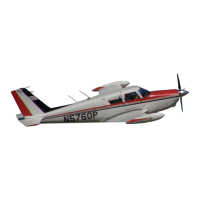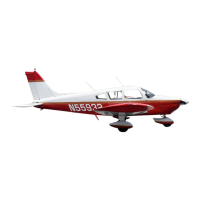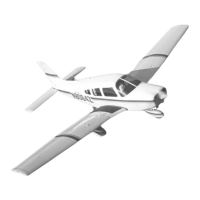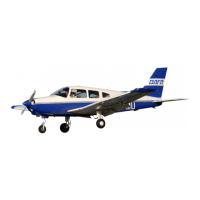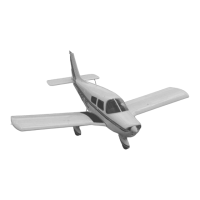A~rccft Publ~amons
Pipcr Comnncho
250
(Early blodcl)
Scction
-
4
Normal Proccdures
NORMAL PROCEDURES INFORMATION SUPPLEMENT
Best Range Speed:
High speed and the resultant savings in time is one of the major reasons for using an aircraft as
transportation. In recent years, however, increasing fuel costs have led to an interest in efficiency
to minimize fuel usage. In addition, every year there are a large percentage of accidents caused by
he1 exhaustion and poor fuel management. Moreover, there can be unexpected headwinds or
adverse weather conditions that result in a much longer flight than anticipated. For all of these
reasons, a pilot will want to give consideration to getting the maximum range possible from an
aircraft. Range and endurance records established by Max Conrad in various models of the
Comanche are substantial, and are listed in the Preamble of this Handbook.
Tests were not conducted by Piper Aircraft to determine the airspeeds that will result in maximum
range (VIMR) and maximum endurance (VIM~) for the Comanche. In the absence of this
information, the following is provided:
The aerodynamic principals that are involved in determining maximum gliding distance for a
typical reciprocating-engine, propeller-driven, light airplane (see supplement in Section
3)
are the
same that are used in determining its maximum range. Maximum range is obtained when the wing
is operated at the angle of attack that produces the best lift-drag ratio or L/Dm,. This is basically
true of the best rate-of-climb speed, but VIMR can be expected to be some value higher than Vy
because other factors are involved such as the lift coefficient of the wing, and the propulsive
efficiency of the engine/propeller combination.
A
common method of estimating the best range speed when it is not provided by the aircraft
manufacturer is to use a figure that is approximately 15 percent greater than Vy which for this
model of the Comanche is equal to 121 mph. Another generally accepted formula for estimating
VI~I~ is to multiply
1.8
times Vsl. This results in
a
figure of 128 mph. Studies have shown that a
five-percent deviation from optimum range speed will not cause a si,gificant variation in the range
obtained. For this reason, the figure of 125 mph is suggested. This figure is applicable for the
airplane at full gross weight
and
will decrease at a rate of approximately two mph for every 100
pound decrease in weight.
Along with airspeed, other factors to consider when there is a need to obtain maximum range are:
1.)
Decrease the aircraft weight and avoid headwinds.
2.)
If possible, redistribute any movable weight within the airplane to obtain the most rearward
center of gravity within C.G. limits. This will reduce drag and increase efficiency.
3.)
Reduce rpm so the engine will consume less fuel. Operation at low
rpm
will typically result
in
a relatively high manifold pressure, but this is not a problem as long as the engine is operated
within allowable rpm and manifold pressure limits as designated in the Lycoming charts.
4.)
Adjust the mixture to the lean side of peak EGT. This condition is also acceptable because the
power developed by the engine can be expected to be equal to
40
percent and less.
Copyright:
1993
Page
4-13
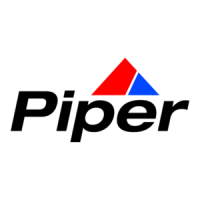
